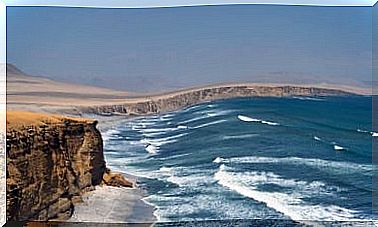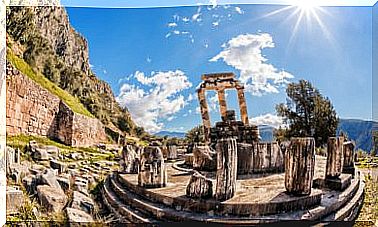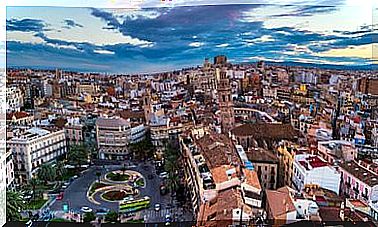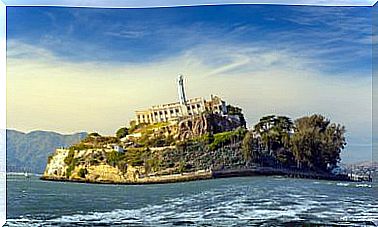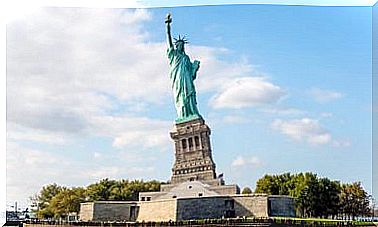How Does UNESCO Choose World Heritage Sites?
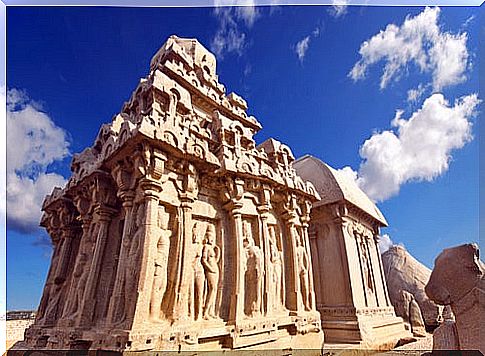
At some point we have all read or heard that a certain site was declared by UNESCO as a “World Heritage Site”, but what is this organization based on to make these selections? Unesco has a series of very strict criteria to base its decisions. We invite you to discover them.
When did Unesco come into being?
On November 16, 1945, Unesco, acronym for the United Nations Educational, Scientific and Cultural Organization was founded. From the beginning its objective was to contribute to security and peace around the world through education, culture, science and communications.
Unesco’s roots go back to the end of the Second World War, when the allied countries began to structure the way to reestablish the educational system after the end of the war. Of the forty-four countries that meet, thirty-seven decide to found Unesco.
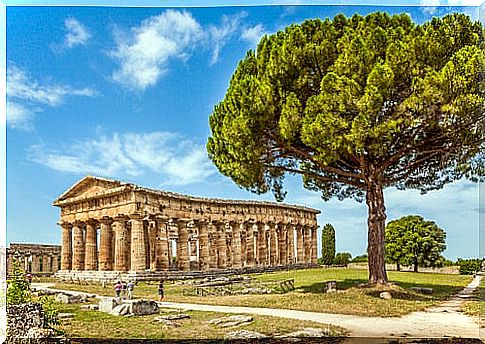
Unesco seeks to promote the development of peoples through the preservation of their natural resources and cultural values. Creativity is stimulated through cultural activities, as well as the preservation of natural and historical spaces. In this way, the peace and security of the peoples is encouraged.
On what criteria is Unesco based to designate protected heritages?
Until the end of 2004 there was a group of four criteria in the natural sphere and six criteria in the cultural sphere. However, in 2005 these ten criteria were unified into a single group, in which the first six refer to cultural heritages and the remaining four to natural ones.
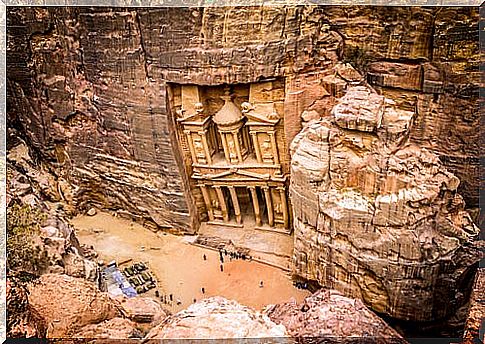
For a certain place to be included in this prestigious list, it must have an “exceptional universal value”, so it must meet at least one of the following selection criteria set out by Unesco in “World Heritage: The Criteria for Selection ”:
Cultural criteria
1. Act out a masterpiece of human creative genius.
2. Witness an important exchange of human values over a period of time or within a cultural area of the world, in the development of architecture, technology, monumental arts, urban planning or landscape design.
3. Provide a unique, or at least exceptional, testimony of a cultural tradition or an existing or already disappeared civilization.
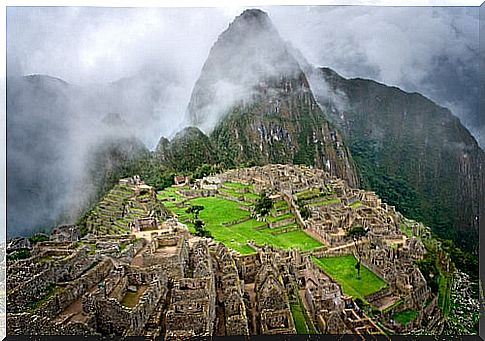
4. Provide an eminent example of a type of building, architectural, technological, or landscape that illustrates a significant stage in human history.
5. Be an eminent example of a tradition of human settlement, use of the sea or land, which is representative of a culture (or cultures), or of human interaction with the environment, especially when it becomes vulnerable to the environment. impact of irreversible changes.
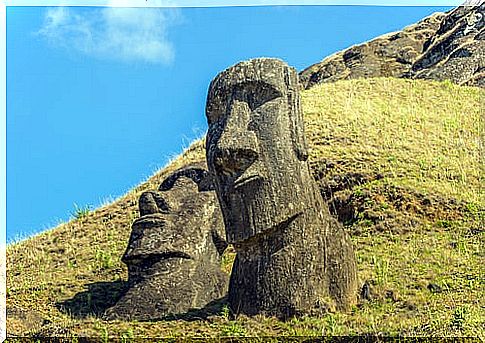
6. Being directly or tangibly associated with events or living traditions, with ideas or beliefs, with artistic and literary works of outstanding universal significance.
Natural criteria
7. Contain superlative natural phenomena or areas of exceptional natural beauty and aesthetic importance.
8. Be a representative example of important stages in the history of the earth, including testimonies of life, geological processes that create geological forms or significant geomorphic or physiographic features.
9. Be one of the eminent examples of ecological and biological processes in the course of the evolution of ecosystems.
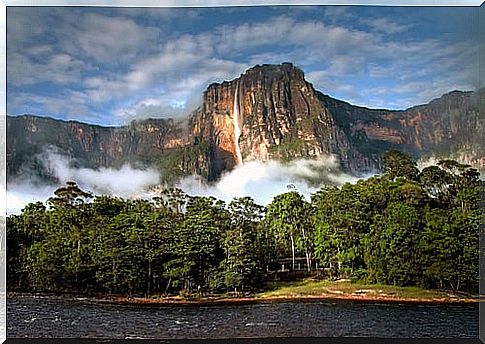
10. Contain the most representative and important natural habitats for the conservation of biodiversity, including those that contain threatened species of outstanding universal value from the point of view of science and conservationism.
Some Unesco statistics
According to the most recent statistics, Unesco has declared 1,031 sites around the world as World Heritage Sites. Of these, 802 are of a cultural nature, 197 are natural and 31 are mixed.
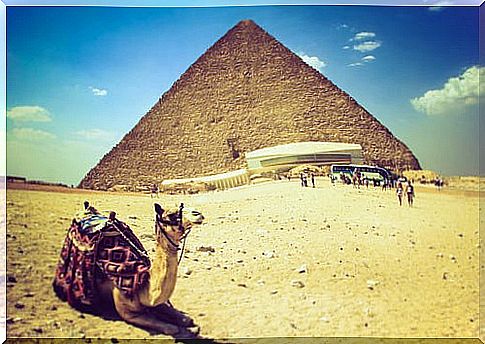
Some of these sites have been placed in the category of “World Heritage in Danger”. Most are in Syria and the Democratic Republic of the Congo.
The countries that have the most sites declared as World Heritage Sites are: Italy, China, Spain, France, Germany, Mexico and India.
For a certain natural or cultural space to be included as a World Heritage Site, it must meet at least one Unesco criterion. In addition, the candidate site must present a detailed project explaining the reasons why it aspires to do so. Did you know the precepts on which Unesco is based to designate World Heritage Sites?
